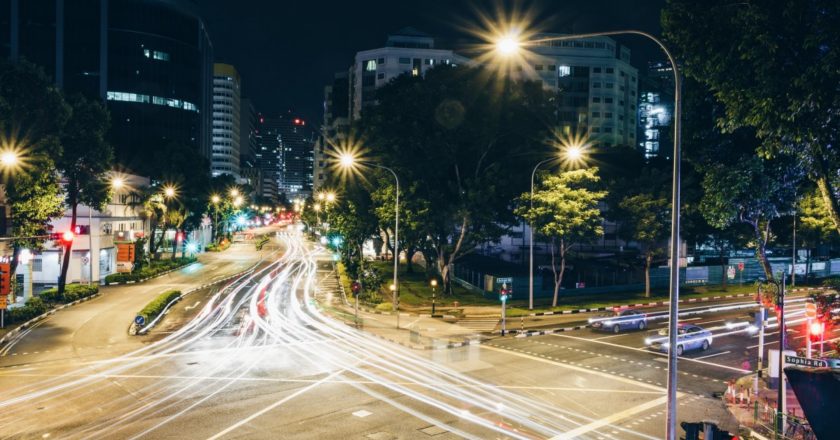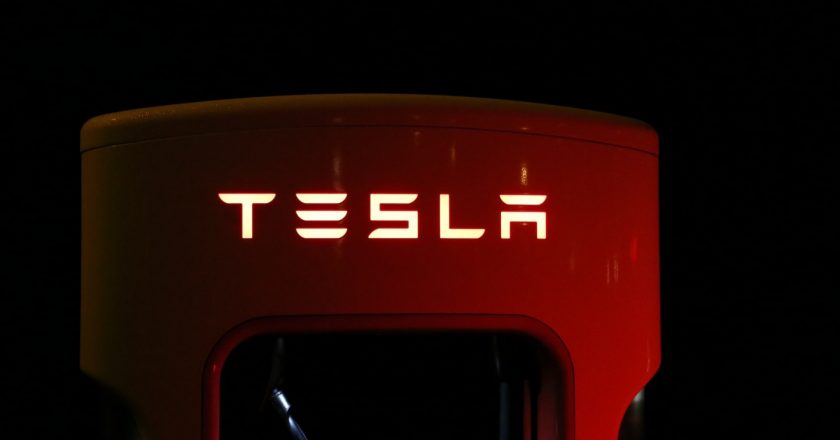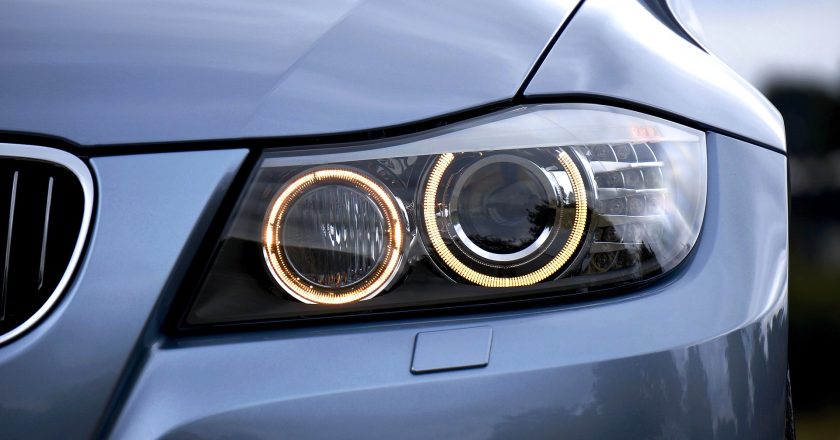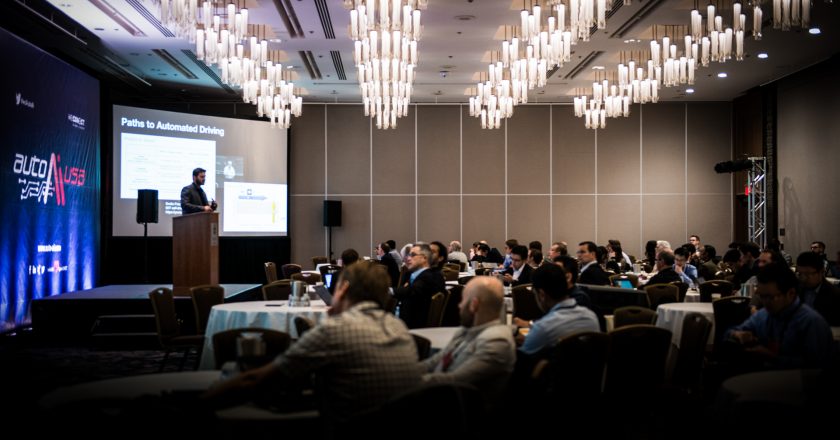Boris Shulkin
Vice President Research and Development at Magna International
Prior to the Tech.AD Detroit we.CONECT spoke to Boris Shulkin, Vice President, Research and Development at Magna International.
Boris Shulkin was named Vice President for Magna International’s Corporate Engineering and Research & Development group in January 2014. In this role, Shulkin is responsible for technology incubation and product strategy, technical due diligence and intellectual property assessment of new technologies and high-tech startups. Shulkin has more than 21 years of experience in the automotive industry. He began his career in the auto industry in 1995 as a simulation engineer and through an acquisition joined Magna in 2003. Shulkin holds doctoral and graduate degrees in Computer Science, Mathematics, Applied Mathematics and Applied Statistics. Shulkin also holds multiple patents related to manufacturing and process design.
Boris Shulkin: Magna has a long history in developing vision technology, which has led us to be among the leaders in vision-based ADAS. We’ve been producing driver assist systems, the building block for autonomous vehicles to OEMs, since early 2000’s. Our new MAX4 Autonomous Drive Platform, is a great example of demonstration of our capability in cameras, RADAR, LiDAR, ultrasonic sensors, compute platforms and system expertise. Magna is the only automotive supplier in the world with expertise comprising the entire vehicle, from electronics, body and powertrain to complete vehicle manufacturing. That makes us a logical partner in the new mobility landscape.
Boris Shulkin: Infrastructure, legislation, consumer acceptance. Other variables such as decision-making based on ethics and liability pose a hurdle for high volume deployment.
Boris Shulkin: Talent acquisition and retention (in particular with software engineers).
Boris Shulkin: As the industry is developing technologies toward full autonomy at scale, level 2-3 offers the most growth in the short to medium term. In the long term, proliferation of autonomous technologies can lead to multi-modality in new mobility landscape. This will require a great deal of collaboration in and outside the industry which will take various forms from traditional technology investment in M&A to collaborative efforts through industry consortiums (and everything in between).
Boris Shulkin: Simply put, developing technologies like autonomy takes more than just a single player. We are in a new era of industries, start-ups, government and new entrants coming together in various forms. As the industry continues to transform, Magna’s culture of innovation and expanded interaction in the investor and start-up ecosystem is gaining momentum. Such activities ultimately help Magna to be at the forefront of innovation in the emerging new mobility landscape.
Boris Shulkin: There are many technology enablers that are critical to push the progress of autonomy. Dependable and consistent perception solutions paired with sensor fusion technologies to address redundancies and functional safety requirements are among them.
Boris Shulkin: It’s difficult to predict, however directionally we can point to a few areas: scalable and efficient compute platforms, commercially viable high definition sensors and safety critical and control perception software solutions.
Boris Shulkin: The topic I have chosen to present is: ‘In the race towards autonomy, are we answering the wrong questions?’ This comprises, for example, that as an industry, we’ve traditionally asked the question: How do we reduce the impact of car accidents and make the vehicles we put on the road safer? In the past, we created stronger vehicles, airbags and seatbelts. All of which dealt with the effect, and accepted that the accident would happen. Each of these solutions have saved lives, but what if we had been attacking the cause all along, unwilling to accept that the accident will happen? The same holds true when thinking about what the future of mobility will look like – privately owned vehicles, mobility as a service, ride sharing? What will it all look like? What questions are you asking to get there?
Boris Shulkin: The opportunity to network with other like-minded individuals, all sharing the same challenges to reach a common goal is key.








